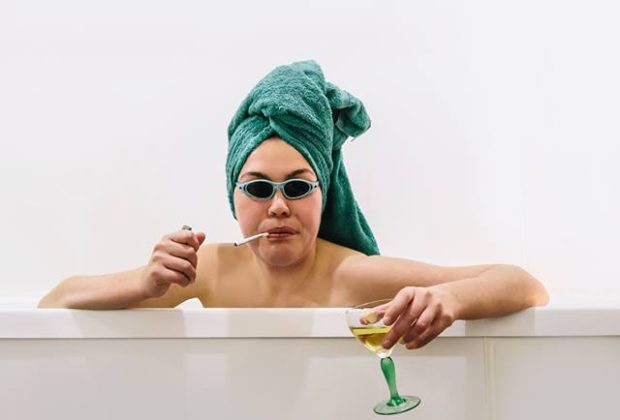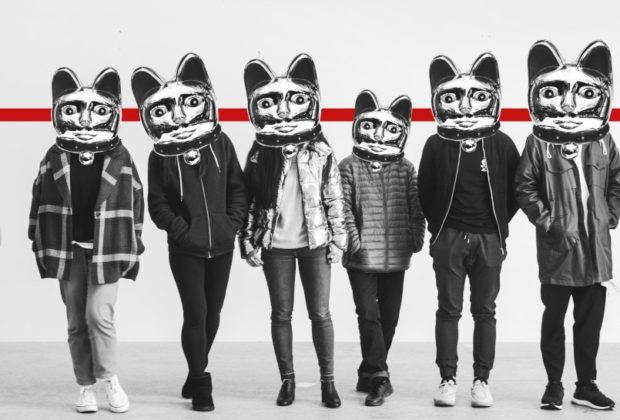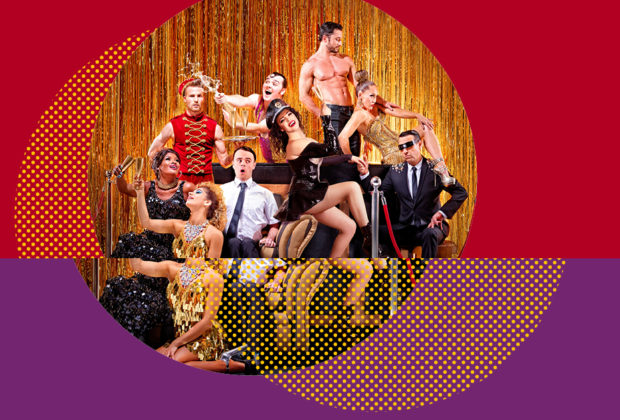Introductions to animation have traditionally occurred through a square box television set, a couple of antennae and a crappy connection to an animation channel be it screening Tom and Jerry, Roadrunner, Pokemon or more recently (and likely through a better connection) Spongebob or Rockos Modern Life. These introductions are shifting as animation becomes more accessible, and also more advanced. The NZIFF each year contains a mini festivsl called “Animation NOW!” a 6-part festival that shows a cross section of global animation culture. It’s not all feature length Disney dramas and singing animals. Malcolm Turner, programmer of the “Animation NOW!” festival, opened our eyes to the world of animation.
If i said to you and I said the words Jazz, or Opera, or Ballet – whether you like those forms or not you would have a working knowledge of what they are all about. The popular understanding of animation is really limited to the animation that shows up in cinemas and that’s not what animation is about in the truest form
Malcolm Turner
WG: We were wondering what role you think animation plays in a film festival, and how important it is to a festival as a whole?
MT: Yeah so I’ve been programming the Animation for NZIFF for 25 years now and for me its a unique part of screen culture. The NZIFF seeks to celebrate film culture overall and predominantly it does that through live action – but short form animation is a form of visual poetry. It doesn’t spend so much time getting stuck into a traditional narrative that feature films have to contend with; it can get on with being pure visual art; and that’s what a lot of the animation here does. Animation doesn’t need to follow a straight narrative structure it is about the creative ideas of the animator, representing a stream of conscious thought, that are often made with radically different budgets to a live action feature. As often as not they are the work of a single creative mind or consciousness and they are a very different form of cinema so for the NZIFF it needs to cover all of its bases and that’s where Animation Now comes in and why I’m on board.
WG: Do you feel like short form animation has a more raw aspect to it creatively?
MT: I think it varies. The kind of animation that shows at Animation NOW! and film festivals is probably one of the most unknown of all art forms. If i said to you and I said the words Jazz, or Opera, or Ballet – whether you like those forms or not you would have a working knowledge of what they are all about. The popular understanding of animation is really limited to the animation that shows up in cinemas and that’s not what animation is about in the truest form. The big cinema animation still follows a traditional three act structure and although that is what everybody think of animation being, that’s just a cul de sac of what animation is really about.
WG: Does that mean there is a huge segment of animation out there that we don’t normally see?
MT: Yeah I mean last year alone there were around 70-80 animated films released commercially, but I can get that in submissions in a single day. I think I had about 4,000 shorts submitted for the programme this year and virtually none of them are for kids, unlike commercial animated cinema. Animation is best for connecting the purest of dream like thoughts if you like. Other than poetry there is probably not a more imaginative nor expressive art form, one that is less confined to rules and expectations as an art form.
These are artists, and their default mode is to create their vision with whatever tools feel best in their hands.
Malcolm Turner
WG: I suppose anyones introduction to animation is usually through Disney, or Pixar, Anime or the road runner or Tom and Jerry?
MT: My introduction to animation was actually road runner cartoons on TV! The Disney and Pixar stuff is pretty fantastic, they’ve had their ups and downs but they’re pretty fantastic productions, but virtually the rest of it is almost unwatchable. In the world I work in the vast majority of animation is hand made and not digitally made! Sure most are drawn onto a tablet and then digitally animated but these are still hand drawn and hand made in a sense. The big digitl features only make up around 20% of animation globally. Pure 3D animation is an important part of the field don’t get me wrong but the vast majority out there is hand made. These are artists, and their default mode is to create their vision with whatever tools feel best in their hands.
WG: When I was researching I ended up down a deep youtube hole of different animators using different softwares, seems there is a huge community out there, how connected is that community?
MT: The international animation community tends to connect around festivals. What we’re doing wth Animation NOW! is; it’s definitely not an Ottawa; but its an attempt to get a peg in the ground and make sure the a range of films are shown, and are a pretty decent cross section of that community.
WG: There are a couple of NZ shorts screening here at Animation NOW; Trumpet Trompette and Winters Blight; what stood out to you about these shorts and is there anything about NZ animation that stands out?
MT: Yeah they’re really different films – with Trumpet Trompette I was really attracted to the elegant style that was being created and the discipline of the filmmaker and is a film which to me is exactly the right length for the material and rhythm he was trying to get across. Winters Blight is a very different film, it’s stop motion animation made by a tiny team in Invercargill, and they had this as a labour of love and is quite a long film. I was really attracted to the consistency of the stop motion animation and how they sustained the aura that comes off the main character in that and sustain the emotional journey that the film is built around, the standard of the stop motion is very very high, they didn’t take shortcuts like people are often tempted to take. It was the exact type of film I thought the NZIFF should support.
WG: Is there anything that someone getting into animation for the first time with this festival should look out for?
MT: In this festival we have a select programme which isn’t in competition this year, and that’s Rosto’s Tetralogy. Rosto was one of the great innovators in animation. He has been incredibly innovative in blending styles of animation and has created his own distinct style. He unfortunately passed away our or five months ago, and we are screening the last film he made before he became too ill to keep creating. Rosto’s films are pure in the way that all of types of art in his life have fed into each other, and a lot of his creativity comes from his very distinct dreams, which he has brought to life through Tetralogy and has built kind of a three dimensional model of his dream world and we lost a huge huge voice in animation when we lost Rosto. The four films in this programme, all painted a part of the typography of his animated dream world, so if you want to go see the work of a particular master of animation Rosto Tetralogy is it.
If you haven’t any plans this weekend make sure you head along to Animation NOW! and fill your boots.








